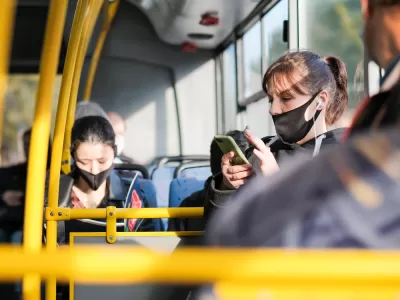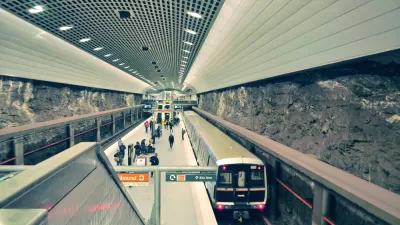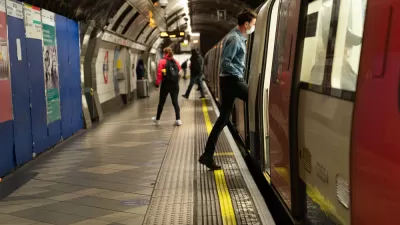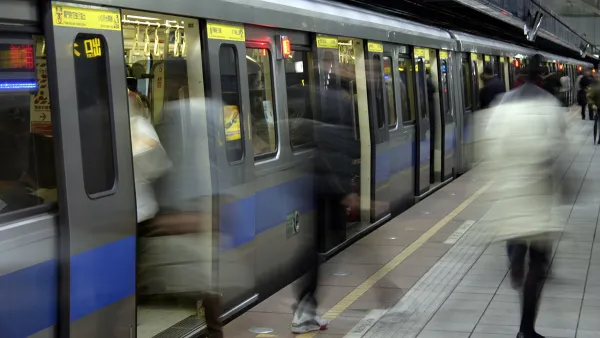While COVID-19 is a unique moment in American history, experiences from past pandemics shed light on how the pandemic might shape public transit ridership.

'What does history suggest will happen to transit ridership in America after COVID-19?' asks an article by Jake Blumgart, noting that "It’s impossible to know when, or if, ridership will ever fully recover because there’s no comparable analog to this moment in America’s modern history."
The unique challenges of our era don't compare to the 1918 flu pandemic, when remote work was essentially non-existent and people needed to leave their homes to complete daily tasks. At the same time, governments did not provide economic support, making staying at home and social distancing out of the question, and most Americans did not yet own automobiles. At that time, most transit users had no choice but to continue riding. Today, remote work and widespread car ownership allow more riders to choose a different option, despite the steps taken by transit agencies to reduce the chance of transmission on trains and buses.
As Blumgart writes, the 2003 SARS epidemic presents a more apt comparison. "A 2014 study by Kuo-Ying Wang found that for every new SARS case reported by the media, 1,200 subway users were lost. If anything remotely close to that holds, transit systems in the U.S. will have a long, long path to recovery." Facing continuing uncertainty, American transit agencies are debating a variety of options for adjusting service to better serve post-COVID travel patterns.
FULL STORY: What Does History Teach Us About Pandemics and Transit Ridership?

Planetizen Federal Action Tracker
A weekly monitor of how Trump’s orders and actions are impacting planners and planning in America.

Maui's Vacation Rental Debate Turns Ugly
Verbal attacks, misinformation campaigns and fistfights plague a high-stakes debate to convert thousands of vacation rentals into long-term housing.

San Francisco Suspends Traffic Calming Amidst Record Deaths
Citing “a challenging fiscal landscape,” the city will cease the program on the heels of 42 traffic deaths, including 24 pedestrians.

Defunct Pittsburgh Power Plant to Become Residential Tower
A decommissioned steam heat plant will be redeveloped into almost 100 affordable housing units.

Trump Prompts Restructuring of Transportation Research Board in “Unprecedented Overreach”
The TRB has eliminated more than half of its committees including those focused on climate, equity, and cities.

Amtrak Rolls Out New Orleans to Alabama “Mardi Gras” Train
The new service will operate morning and evening departures between Mobile and New Orleans.
Urban Design for Planners 1: Software Tools
This six-course series explores essential urban design concepts using open source software and equips planners with the tools they need to participate fully in the urban design process.
Planning for Universal Design
Learn the tools for implementing Universal Design in planning regulations.
Heyer Gruel & Associates PA
JM Goldson LLC
Custer County Colorado
City of Camden Redevelopment Agency
City of Astoria
Transportation Research & Education Center (TREC) at Portland State University
Jefferson Parish Government
Camden Redevelopment Agency
City of Claremont





























